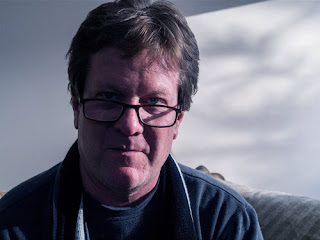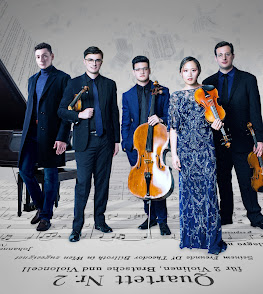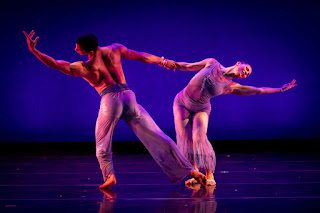ICO's French accent is keyed to Aikman's four-saxophone concerto

A concert program two years in the making, pandemic-delayed like so many things since March 2020, came to fruition this weekend: "Quelle bénédiction!" I might say, unaccustomed as I am to speaking French. James Aikman has a long history with the ICO. What a blessing, indeed, to welcome James Aikman' s "ALARM!" into the slim repertory of concertos for four soloists and orchestra. The Indianapolis Chamber Orchestra commissioned the work from its composer-in-residence of several years' standing. The PRISM Quartet, which leads the field of contemporary saxophone ensembles, received the work and handled its premiere expertly Saturday night at the Schrott Center for the Arts . (For the performance, Otis Murphy of Indiana University replaced tenor saxophonist Matthew Levy.) ICO music director Matthew Kraemer fashioned an otherwise all-French program to honor the position of the saxophone in classical music, largely thanks to French composers' interest in ...





